描述
全新樹莓派運算模組插卡(Compute Module 3+)
Raspberry Pi Compute Module 3+ Boards
The Compute Module 3+ enables you to embed Raspberry Pi functionality into your industrial design. The Compute Module 3+ follows on from the launch of the Pi 3+ to reflect the recent updates to the thermal design and processor package.
The Compute Module CM3+ is a prototyping platform aimed at business and industrial users.
The CM3+ has the same core and features the Broadcom BCM2837B0 SoC from the Raspberry Pi 3 Model B+. The Pi Compute Module is smaller and can be integrated into designs. The module is based on the SODIMM standard so you can use standard connectors and embed into systems and other products.
All modules are CE and FCC compliant.
The Raspberry Pi CM3+ will remain in production until at least January 2024.
Compute Module 3+ Specifications
Memory: 1GB LPDDR2 SDRAM
Processor: Broadcom BCM2837B0, Cortex-A53 64-bit SoC @ 1.2GHz
Multimedia: H.264, MPEG-4 decode (1080p30), H.264 encode (1080p30), OpenGL ES 1.1, 2.0 graphics
Operating System: NOOBS_3_0_0 (16th November 2018) or later
Board Dimensions: 67.6mm x 31.1mm x 3.7mm (highest component)
Board Weight: 9 grams
Compute Module 3+ Options
CM3+/8GB – 8GB eMMC memory
CM3+/16GB – 16GB eMMC memory
CM3+/32GB – 32GB eMMC memory
CM3+/Lite – without on-board eMMC memory
The Compute Module 3 IO board serves as an adapter to help set your module up by providing standard connectors including USB, GPIO, HDMI, camera and display. A development kit including the IO board, 2 Compute Modules and several adapters is also available.
The Compute Module 3 contains the guts of a Raspberry Pi 3 (the BCM2837 processor and 1GB RAM) as well as a 4GB eMMC Flash device (which is the equivalent of the SD card in the Pi). The Pi 3 has a processor speed of 1.2GHz and runs at roughly 10 times the speed of the Pi 1 due to its quad-core CPU. This is all integrated on to a small 67.6mm x 31mm board which fits into a standard DDR2 SODIMM connector (the same type of connector as used for laptop memory). The Flash memory is connected directly to the processor on the board, but the remaining processor interfaces are available to the user via the connector pins. You get the full flexibility of the BCM2837 SoC (which means that many more GPIOs and interfaces are available as compared to the Raspberry Pi), and designing the Module into a custom system should be relatively straightforward as we’ve put all the tricky bits onto the Module itself.
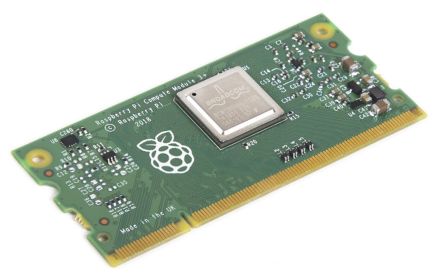
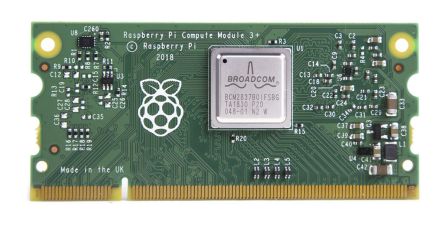
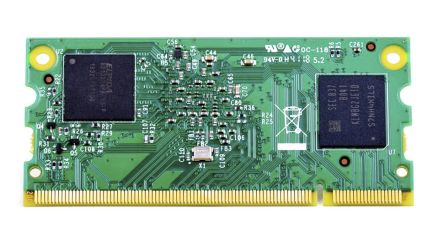
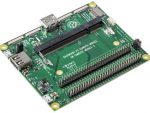






















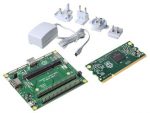

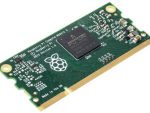
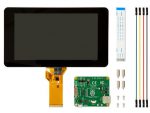
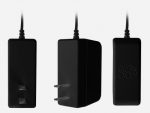
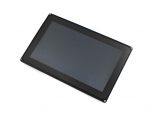

商品評價
目前沒有評價。